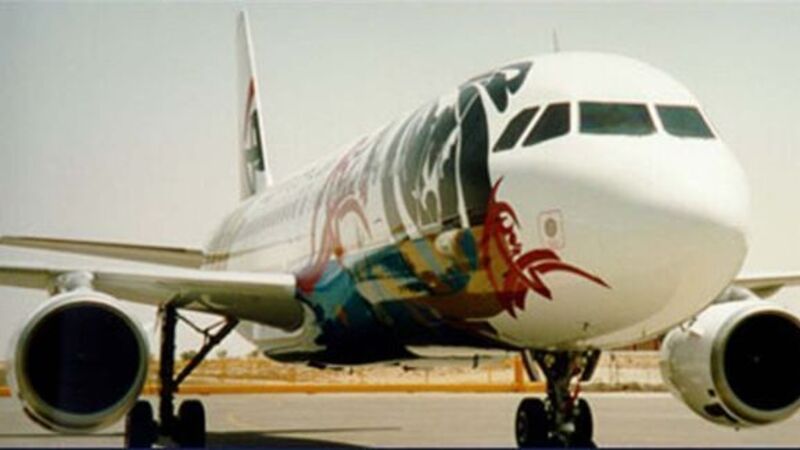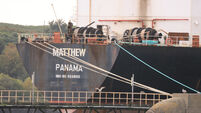Gulf airlines wheel and deal in hope of soaring traffic

Gulf airlines yesterday dropped $100bn (€74.1bn) in 15 minutes on the opening day of the Dubai Airshow, as they ordered hundreds of passenger jets to expand a common ambition to turn the region into a global aviation hub.
After one mega-deal, with Emirates airline and Qatar Airways ordering 200 of Boeing’s newly relaunched 777 jet, a quick decor change brought Airbus to the stage to sign a deal with Emirates for 50 of the world’s largest jetliner, the A380 superjumbo.














